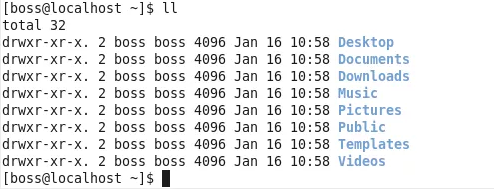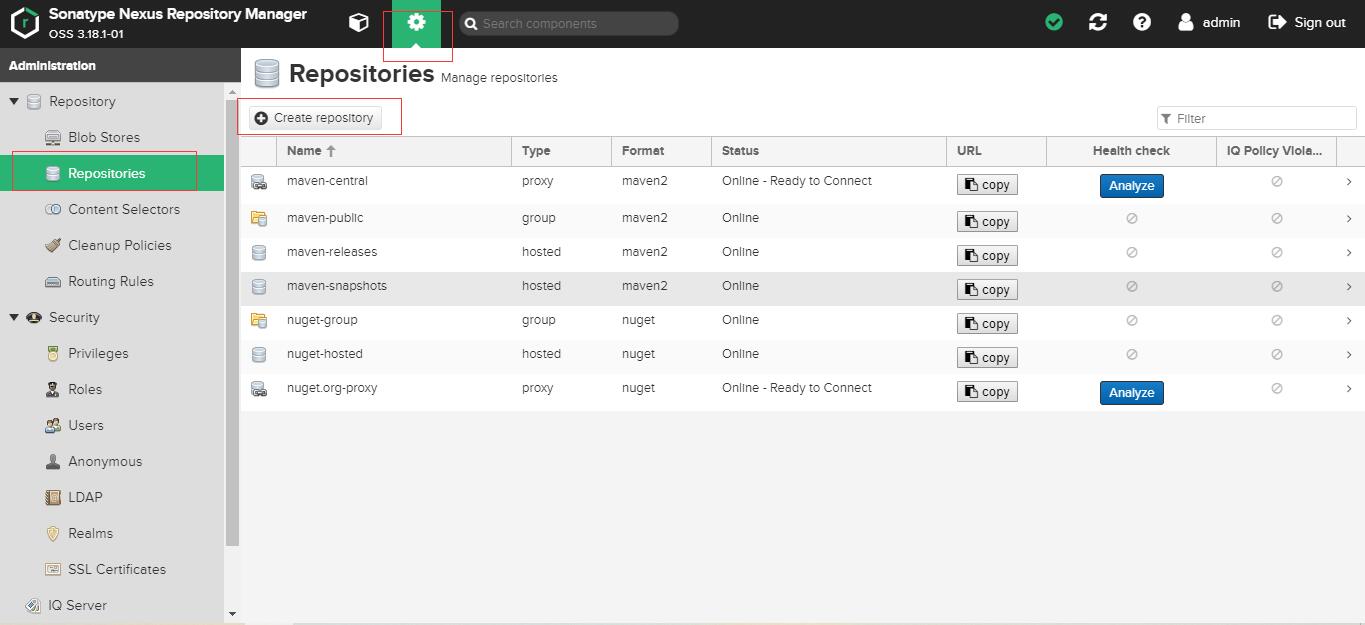我现在可以通过时间的帖子和用户进行排序。
我的数据结构,看起来像这样:
posts
-postId
imageRatio:
imageUrl:
postText:
postTime:
uId:
users
-UserId
email:
profileImageURL:
radius:
uid:
username:
username_lowercase:
UPDATE
现在,我创建了所有提交的数据为用户和发布一个新类:
class UserPostModel {
var post: PostModel?
var user: UserModel?
init(post: PostModel, user: UserModel) {
self.post = post
self.user = user
}
}
我的帖子阵列宣言:
var postArray = [UserPostModel]()
在这里,林加载DATAS到新类:
self.observeRadius(completion: { (radius) in
let currentRadius = radius
// Üperprüfe, welche Posts im Umkreis erstellt wurden
let circleQuery = geoRef.query(at: location!, withRadius: Double(currentRadius)!)
circleQuery.observe(.keyEntered, with: { (postIds, location) in
self.observePost(withPostId: postIds, completion: { (posts) in
guard let userUid = posts.uid else { return }
self.observeUser(uid: userUid, completion: { (users) in
let postArray = UserPostModel(post: posts, user: users)
self.postArray.append(postArray)
print(postArray.post!.postText!, postArray.user!.username!)
self.postArray.sort(by: {$0.post!.secondsFrom1970! > $1.post!.secondsFrom1970!})
})
})
在这里,我加载DATAS到表视图细胞:
extension DiscoveryViewController: UITableViewDataSource {
// wie viele Zellen
func tableView(_ tableView: UITableView, numberOfRowsInSection section: Int) -> Int {
print(postArray.count)
return postArray.count
}
func tableView(_ tableView: UITableView, cellForRowAt indexPath: IndexPath) -> UITableViewCell {
let cell = tableView.dequeueReusableCell(withIdentifier: "DiscoveryCollectionViewCell", for: indexPath) as! DiscoveryCollectionViewCell
cell.user = postArray[indexPath.row]
cell.post = postArray[indexPath.row]
//cell.delegate = self
return cell
}
}
在此先感谢您的帮助!





